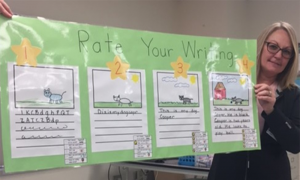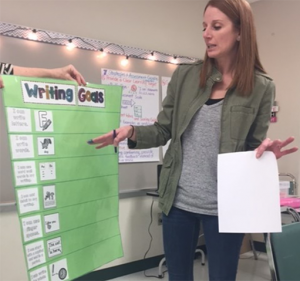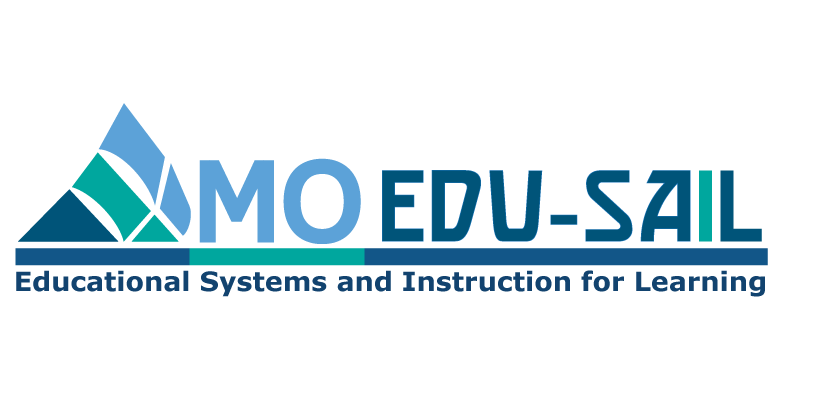OVERVIEW OF STRATEGY 7
Strategy 7 is “Provide students opportunities to track, reflect on, and share their learning progress.”
Strategy 7 in the Seven Strategies for Assessment for Learning is student self-reflection, providing students opportunities to track their own learning, reflect on what they have learned, and share their progress.
How do you provide opportunities for students to track their own learning and reflect? How could you provide more opportunities?
UNPACKING STRATEGY 7
Each of these methods will be discussed during this section. We will begin with some simple ways for students to self-reflect daily and tools for students to track and share their learning progress.
- Simple ways for students to self-reflect daily
- Students track and share their learning progress using tools
- Student reflection about assessments, products, projects, etc.
- Portfolios
- Student-led conferences
Daily Self-Reflection
Students can reflect daily on what they have learned and set some goals for the next day. Below are some ideas for daily self-reflections.
- Have students answer the following questions on a daily basis:
- “What are two important things I learned today?”
- “What is one goal I have for tomorrow?”
- Teach students how to develop SMART goals for themselves.
How do you encourage students to track and reflect on a daily basis? What are some other simple ideas for self-reflection?
Coaching Companion
Article: Empowering Students with Data. Education Week.
Tool: Lesson Reflection Sentence Starters. Adapted from Connie Moss.
Tool: Self-Reflection Opportunities and Indicator Systems
Article: Formative Assessment & Monitoring Student Progress (including tech tools)
Article: Learning Goal Tracker
Track and Share Learning Progress and Reflect on Work
Rate Your Writing: Students can reflect on their writing with a rubric.

Students can reflect on their writing and set writing goals.

This exit ticket is one example of a tool for student self-assessment. Look this example of a self-assessment tool. How could this help students assess their own learning? How does asking students for evidence help them and help the teacher? Use the handout below to look for some other examples you might use in your classroom.
Coaching Companion
Example of Student Progress Tracking: Second Grade Growth Chart
Example of Student Progress Tracking: Word Recognition Student Tracker
Example of Student Progress Tracking: Fluency Tracker

